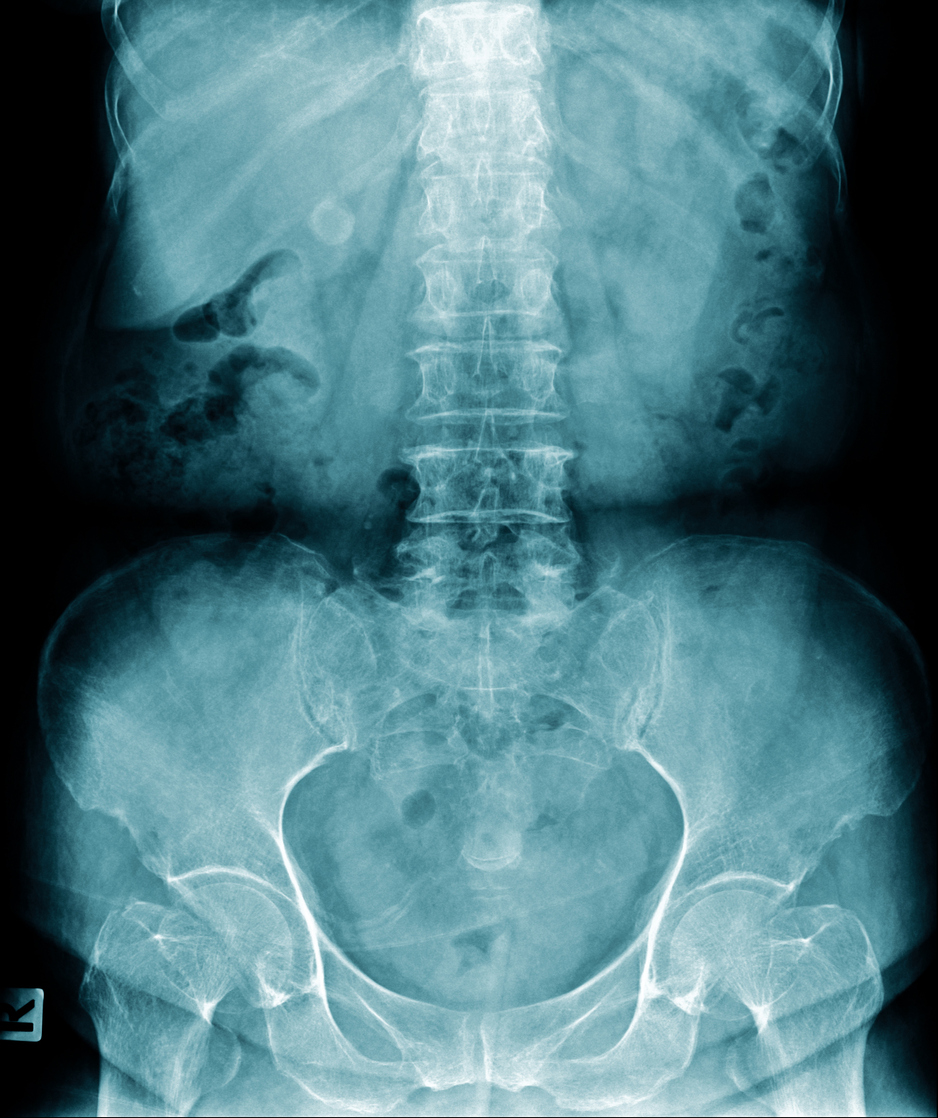Pain
Conventional Treatments for Spondylolysis

What is spondylolysis?
The term spondylolysis comes from a combination of two Greek words: spondylos (vertebra) and lysis (defect). Spondylolysis is a medical condition that involves a defect of the pars interarticularis. The pars interarticularis is a thin bone that hinges two vertebrae together in the lower back. Spondylolysis most commonly occurs in the lumbar vertebrae; however, it can occur in any section of the spine: cervical (neck), thoracic (mid back), or lumbar (lower back). Both cervical and thoracic spondylolysis are rare. If spondylolysis occurs in the cervical or thoracic spine, the equivalent structure of the pars interarticularis in that area of the spine is affected.
Conventional treatments for spondylolysis
The goal of spondylolysis treatment is to relieve symptoms. Typically, nonsurgical treatment options ease pain; however, in rare cases, surgery is needed. Conventional treatment options include bracing, physical therapy, medication, injections, and surgery.
Bracing
A spinal corset, or back brace, can stabilize the spine and can be worn for six to 12 weeks while the injury to the pars interarticularis heals. A health care professional should always be consulted before wearing a brace. Prolonged use of braces can weaken the muscle and cause stiff joints.
Physical therapy
A physical therapist will provide exercises to strengthen the spine and core muscles and improve flexibility. This includes stretching the hip flexors, quadriceps, and hamstrings. Physical therapy is also beneficial in strengthening muscles that weaken due to wearing a brace.
Medication
A physician may prescribe medications to treat spondylolysis, which include the following:
- Prescription non-steroidal anti-inflammatory drugs (NSAIDs), such as naproxen or celecoxib, can reduce pain and inflammation.
- Muscle relaxants, such as methocarbamol, can decrease pain and relax the muscles in the affected area.
- Opioids, such as codeine or hydrocodone, can help if pain is severe.
Spinal injections
The two most common types of spinal injection to treat spondylolysis include the following:
- An epidural steroid injection targets the epidural space. It involves an injection of a local anesthesia combined with a steroid. It sends steroids directly to the inflamed nerve roots and can take two-to-three days for full effectiveness.
- A facet joint injection involves the injection of a small amount of local anesthetic and steroid medication into one or more facet joints. A local anesthetic provides immediate pain relief, while a steroid medication reduces inflammation and provides long-lasting pain relief. Facet joint injections are typically given with X-ray guidance.
Surgery
Surgical treatment is recommended for spondylolysis in certain situations, which include the following:
- Bladder or bowel incontinence
- Existing spinal stenosis
- Neurological dysfunctions, such as arm or leg weakness, numbness or tingling
- Unstable spine
Surgery for spondylosis involves two parts: decompression (removing the cause of the pain) and stabilization (fusing the spine to control movement). Oftentimes, both parts are completed simultaneously.
Decompression surgical options include the following:
- Facetectomy is the removal of the facet joint.
- Foraminotomy enlarges the opening of the foramen, so nerves can exit without compression.
- Laminectomy is the removal of all or part of the lamina, which is a bony plate at the back of the vertebra that protects the spinal canal and spinal cord.
- Corpectomy or vertebrectomy involves the removal of the vertebral body.
Stabilization surgical options include the following:
- A fusion uses bone graft (from the individual or donor) to fuse the bones in the spine together. Spinal instrumentation keeps the bone in place as it heals.
- Flexibility stabilization uses soft material to stabilize the affected area and limit extreme motion and unnecessary mobility.














